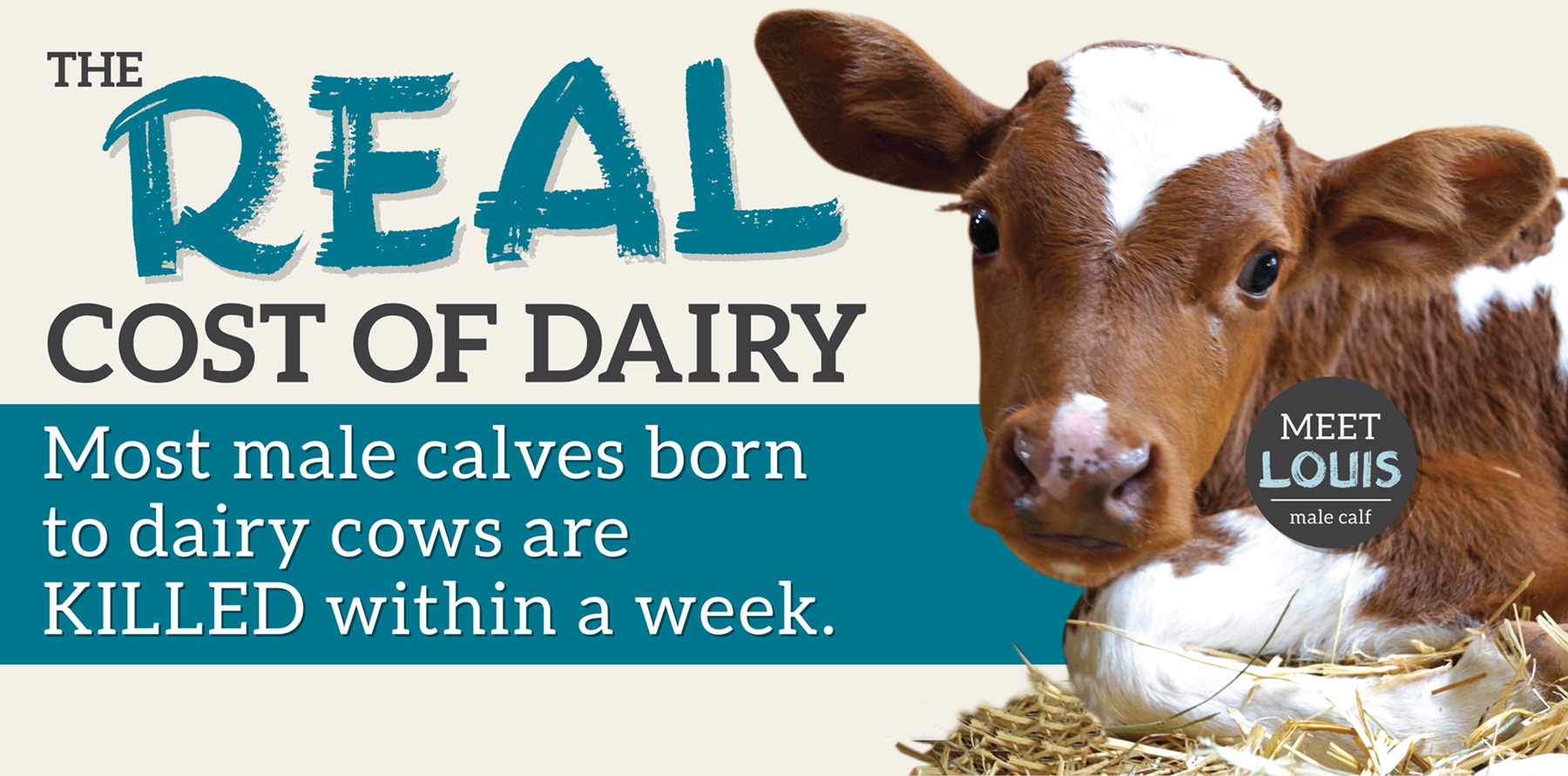
 Professor of Nutrition at New York University, Marion Nestle, asks a simple question in her book What to Eat: “Why are the highest rates of osteoporosis seen in the countries with the highest intakes of dairy products?”
Professor of Nutrition at New York University, Marion Nestle, asks a simple question in her book What to Eat: “Why are the highest rates of osteoporosis seen in the countries with the highest intakes of dairy products?”
The answer is complex, but the bottom line is that high intakes of dairy products do not guarantee good bones. Milk isn’t just calcium, it is calcium packaged with proteins and the proteins can limit the effectiveness of the calcium.
An evaluation of many studies in western countries looked at the number of bone fractures in women with the highest intake of dietary calcium compared to those with the lowest intake. They found no difference.
The best thing you can do for your bones is to keep active.
Dairy products reduce the ability of your body to absorb iron so big milkshakes with your meals is not just risky for your arteries and waistline but also for your iron levels. A 1997 Western Australian study of young women found that high dairy intake was the most common cause of low iron levels.
Dairy products have naturally high levels of saturated fat which raises blood cholesterol and will increase vascular disease risk in many people. The removal of this fat to make low-fat products is an attempt to fix a fundamentally dangerous food.
Remember those TV ads where huge lumps of fatty deposits are squeezed out of a smoker’s coronary artery?. They make it sound like cigarettes cause heart disease.
But figure 2 in this study looking at fatty streaks and fibrous plaques (lumpy deposits) in arteries shows that smoking just accelerates the process. The underlying cause is raised cholesterol, and the high saturated fat in dairy products is great for raising cholesterol levels. As you can see in the study, just over 80% of people have fatty streaks in their aorta (heart artery), even if they don’t smoke. Almost 100% of smokers have these streaks.
The saturated fats of meat and dairy start working in your children and many teenagers already have the first signs of heart disease.